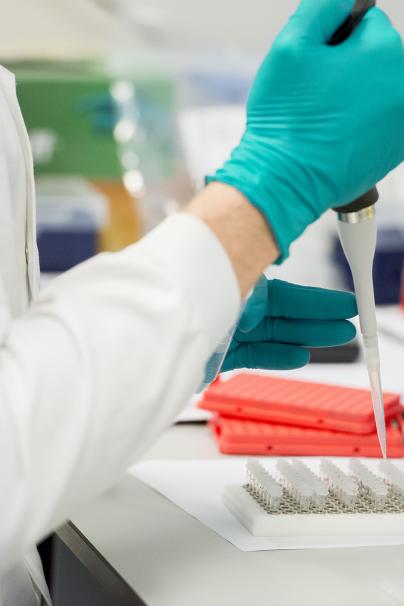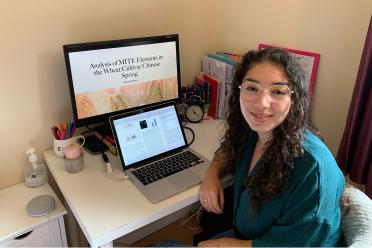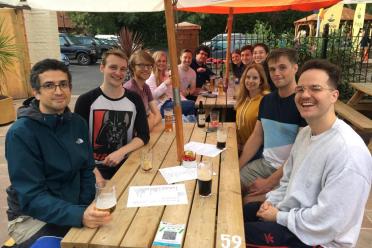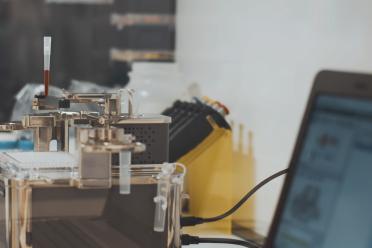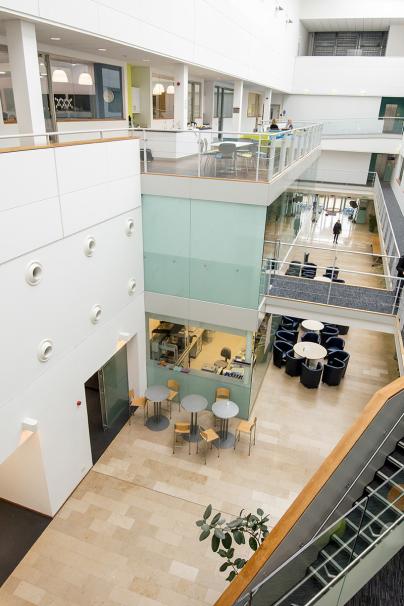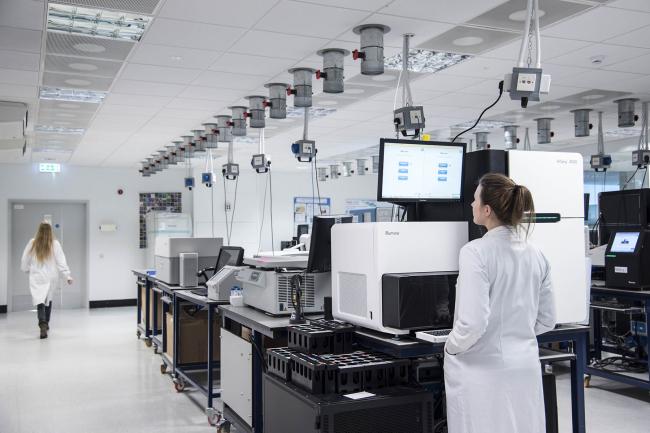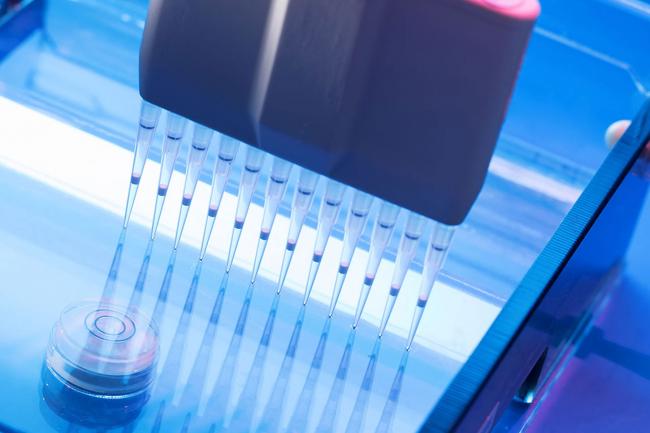10 Years of Year in Industry.
“Over the decade that the Earlham Institute’s Year in Industry programme has been running, we have expanded our university reach from which students are enrolled and offered a diverse set of unique projects year-on-year - highlighting the novel and cutting edge research that our students are able to contribute to.
“The ability to explore the Institute’s research with a number of projects at their disposal at the start of the placement year is unique to EI, helping the students to become embedded as a member of staff - something that they highly regard. The support the students receive goes beyond the placement, with support for future career aspirations, references, and mentorship.
“Students categorically report that the skills developed at EI have helped them to secure positions in academia, industry and places on higher educational programmes. Many credit the breadth of skills - in particular, a combination of programming and sequencing technologies – as making them highly desirable. We have seen a high proportion of our students go on to higher education, with many choosing to return to EI; recognising and valuing the support on offer to students.
“As we build our Year in Industry Alumni, I hope to see the programme has an impact on opening up new career options for students and a continued sense of belonging to the EI community through collaborations and partnerships.”
Dr Emily Angiolini, Head of Advanced Training
